When computers were first designed to create signs, the production methods were very elementary.
Data input was a combination of 37 numerical variables on a keyboard for each line of text while viewing a generic LED text reader, one line at a time. This was before “Windows”, in 1981. The only way to see the completed sign was to draw (plot) it with a pen like a drafting machine.
Once the operator was confident that all the variables for each line were correct, vinyl was fed into the same plotter, this time equipped with a blade to kiss cut the vinyl text. If everything worked out as planned, the operator would then peel all the excess vinyl so only the letters remained.
The operator would then cut and prepare a sign board (substrate) by cleaning it and measuring the proper placement of the text, one or more line and color at a time. Finally the text was transferred from the carrier paper to the substrate using a tacky transfer paper that resembled masking tape. The text was then permanently transferred to the substrate by rubbing the transfer paper with a squeegee until the aggressive adhesive on the back of the vinyl text bonded to the substrate and the tacky adhesive released the letters to the substrate.
The operator would then inspect the vinyl text for bubbles and damage and repair them as necessary.
Believe it or not this process was considered QUICK in 1981, because the alternative was laying out and lettering by hand with paint. This required time, patience, skill, a steady hand … as well as time to clean up and time to let paint dry (one coat at a time). Mistakes were also harder to fix. So the computer lettering machines were an advancement and as time went by they became more sophisticated.
The same process is still used for many types of signage, but with some improvements, not the least of which is the advent of Windows and the internet, so that the entire sign can be seen before it is made. This also allows the customer to approve the sign layout, colors, etc. without leaving their office, before the sign is made.
Some of the advantages of this type of signage are :
- text colors can be specified from vinyl swatches, which helps maintain consistency in applications like fleet vehicle graphics
- substrates are exposed, so that rich substrates can be chosen for certain effects, such as award plaques, window lettering, wood, granite or stainless steel signage etc.
- metallic, prismatic, sandblasted etched glass, carbon fiber texture and many more effects can be achieved by using specialty vinyls. This increases the POP and WOW factor
- durability can be predetermined by selecting from a range of vinyls suited to the project and budget. The life expectancy can range from 1 to 12 years or more
- text can be removable for certain applications, like changing dates on a banner or prices on a menu
- retro reflective vinyl can be used to make signs readable at night, just like the highway sign
- many more applications abound in the industry
Please contact us for a free consultation to determine if QUICK VINYL CUT SIGNS are the right choice for your project or sign.




















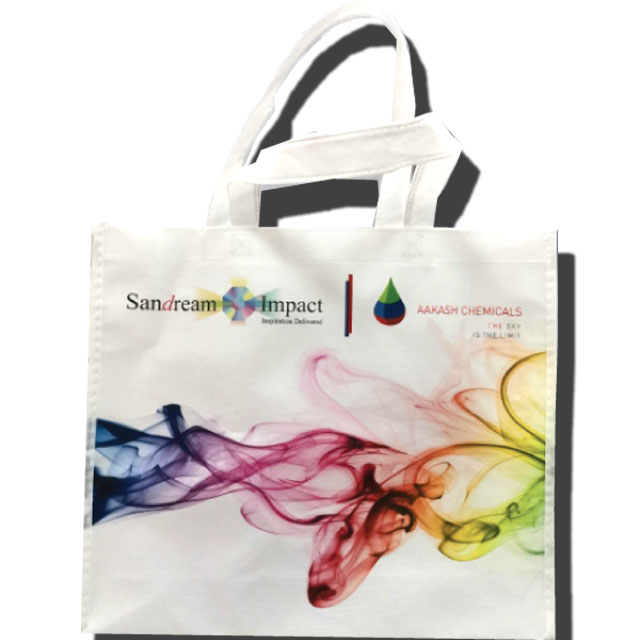

















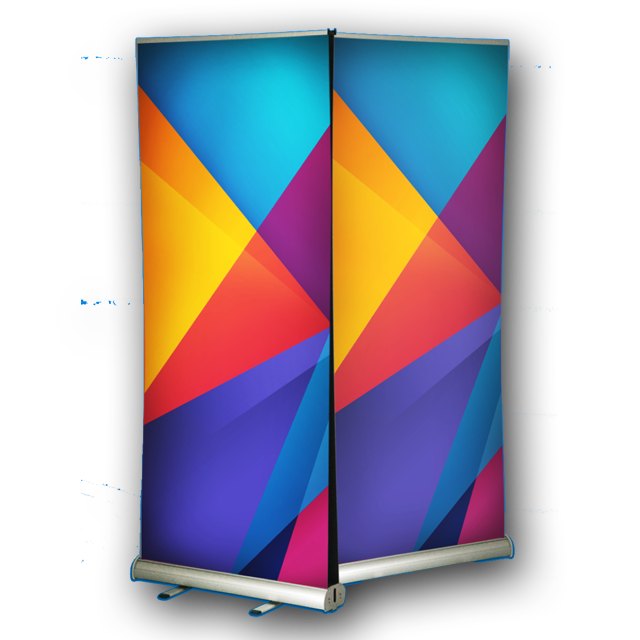

















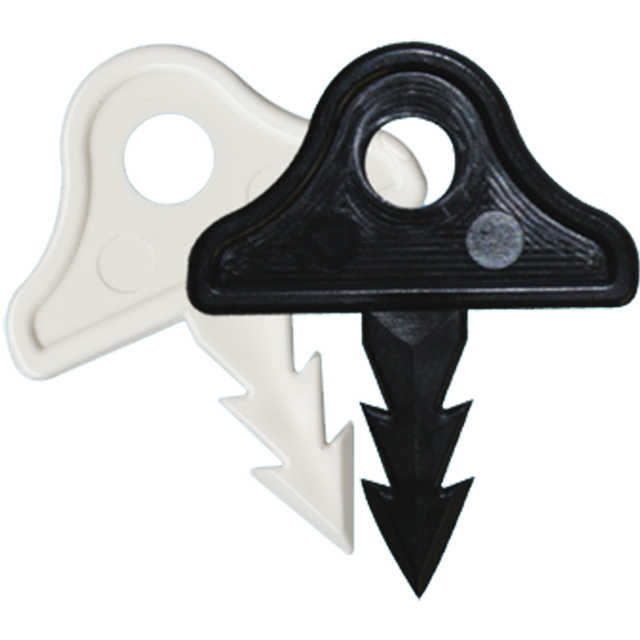
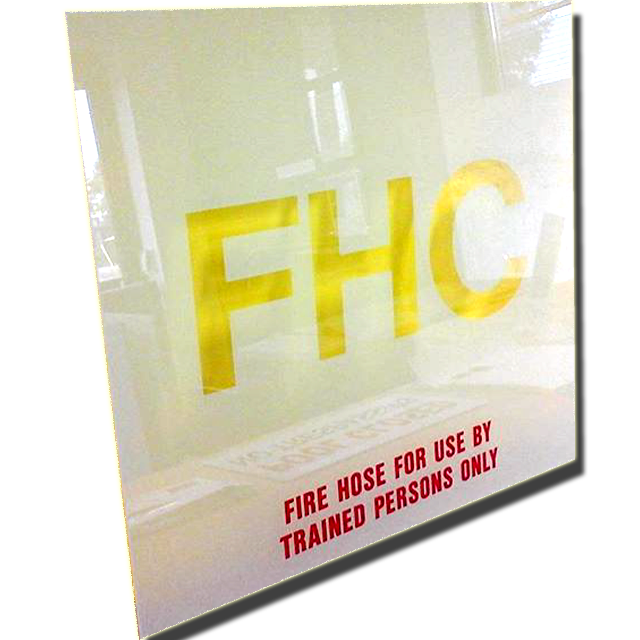

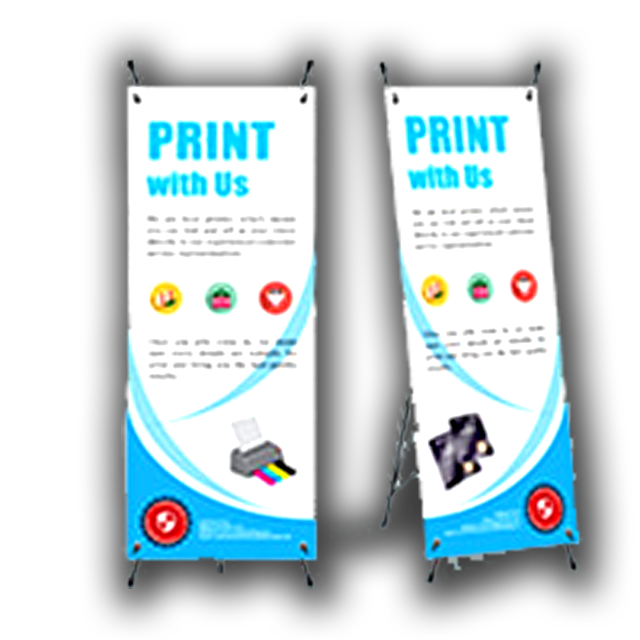










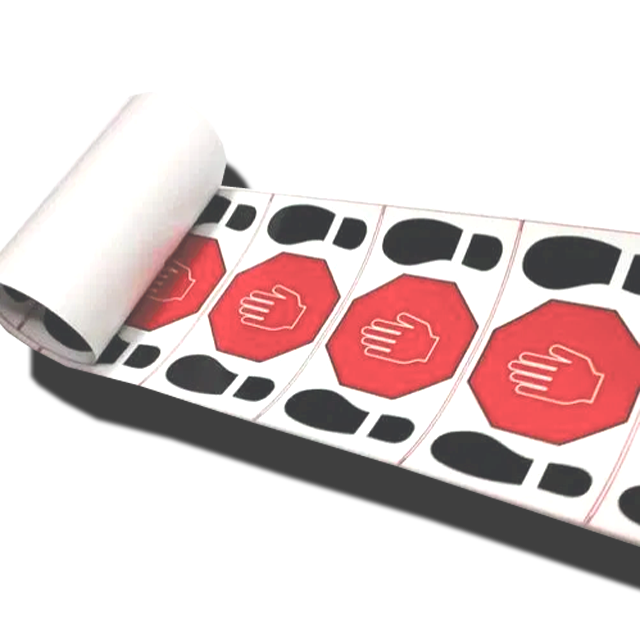









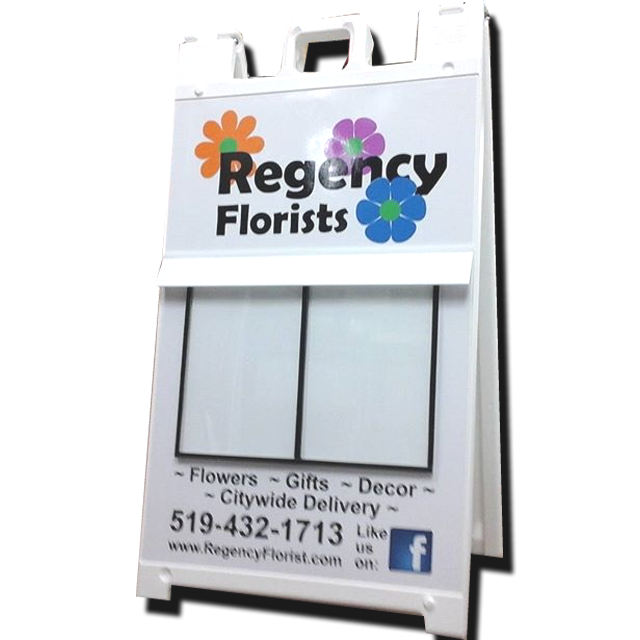

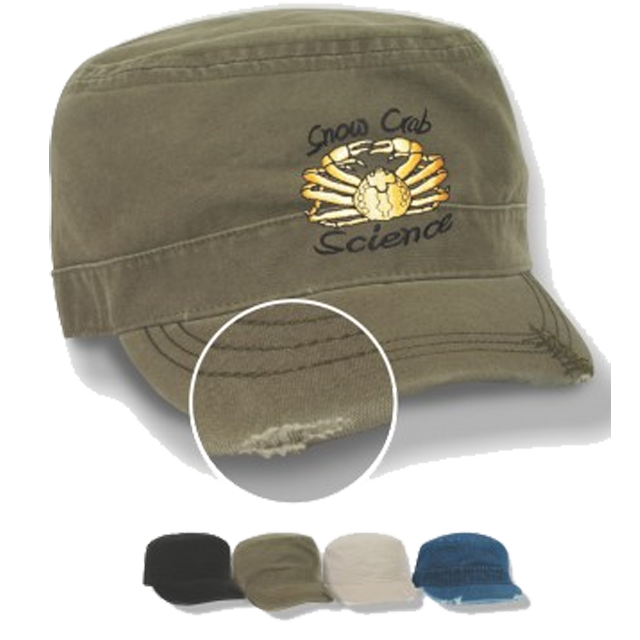







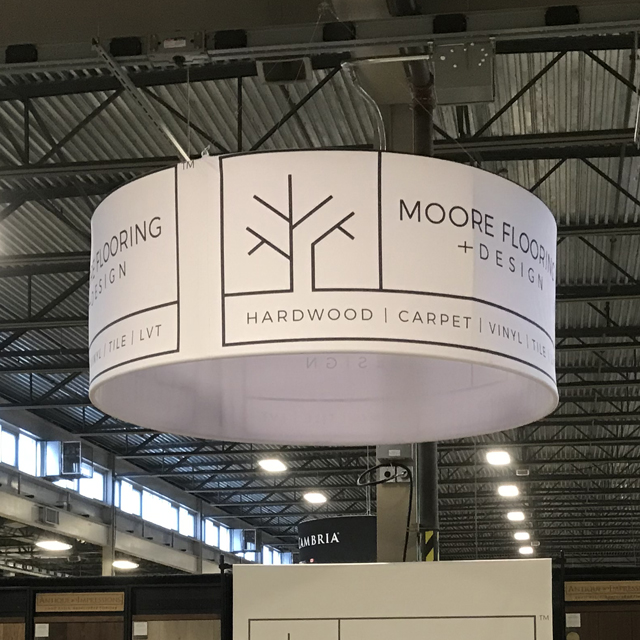








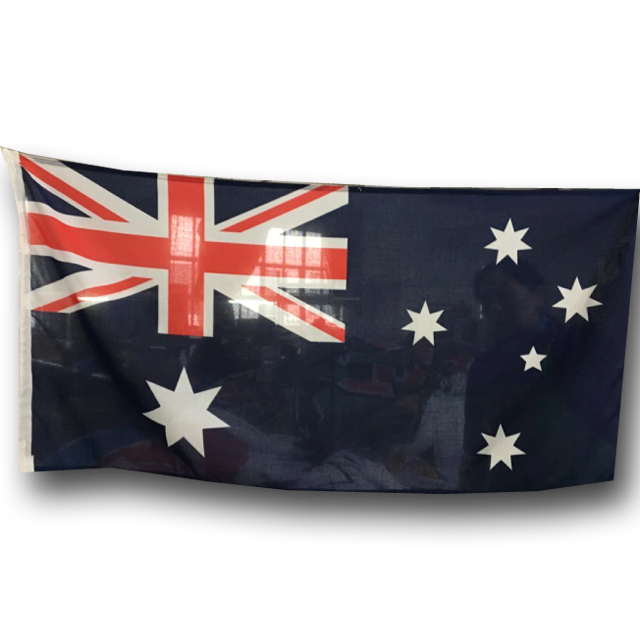




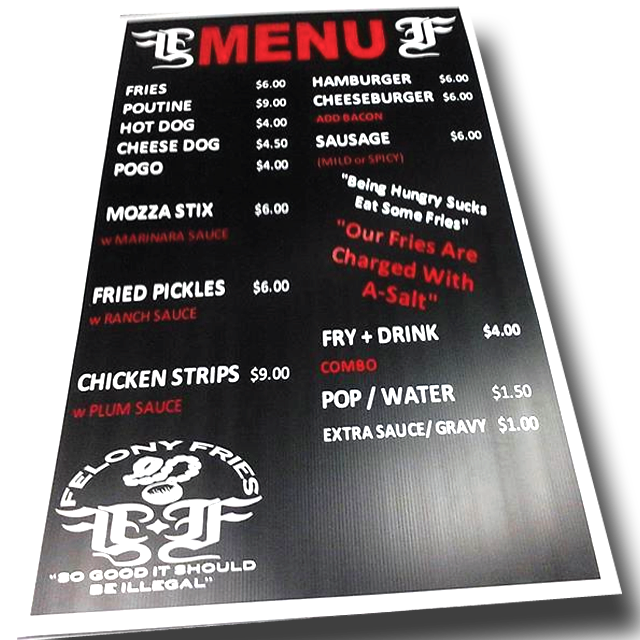






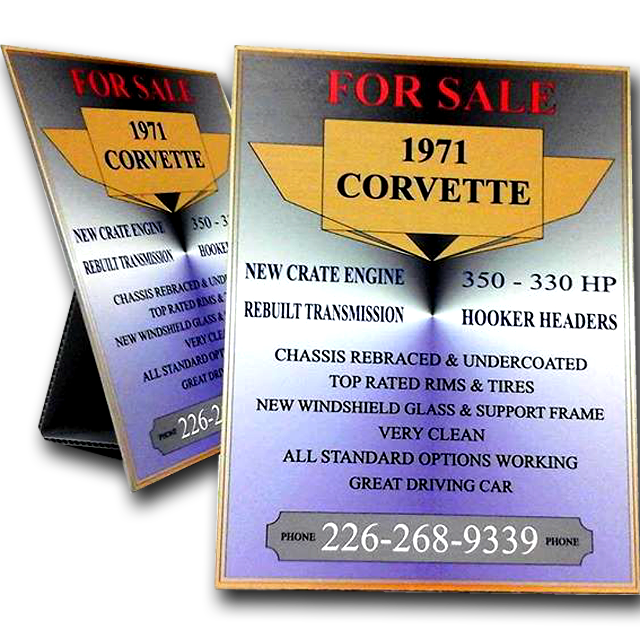



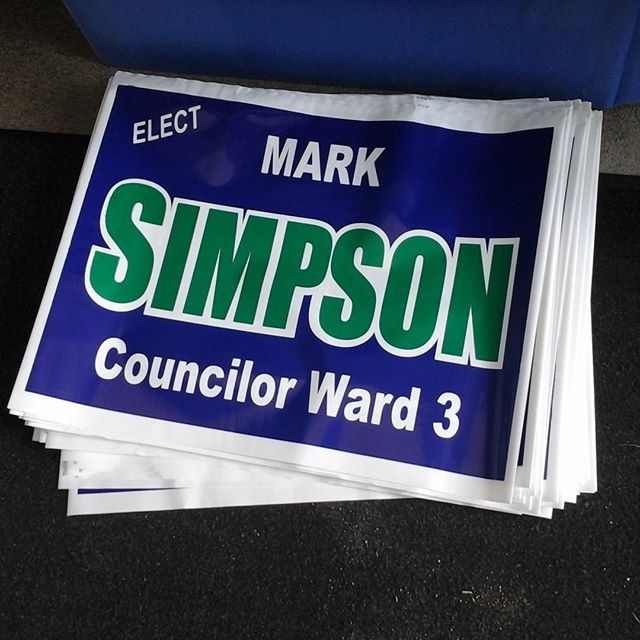
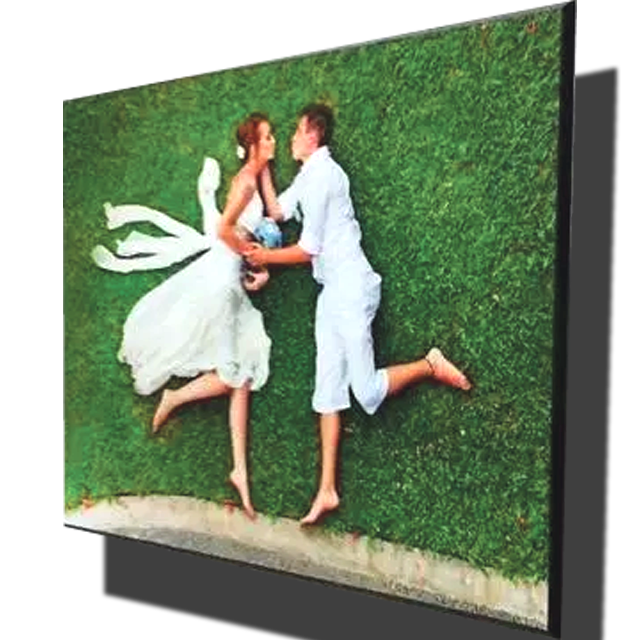










You must be logged in to post a comment.